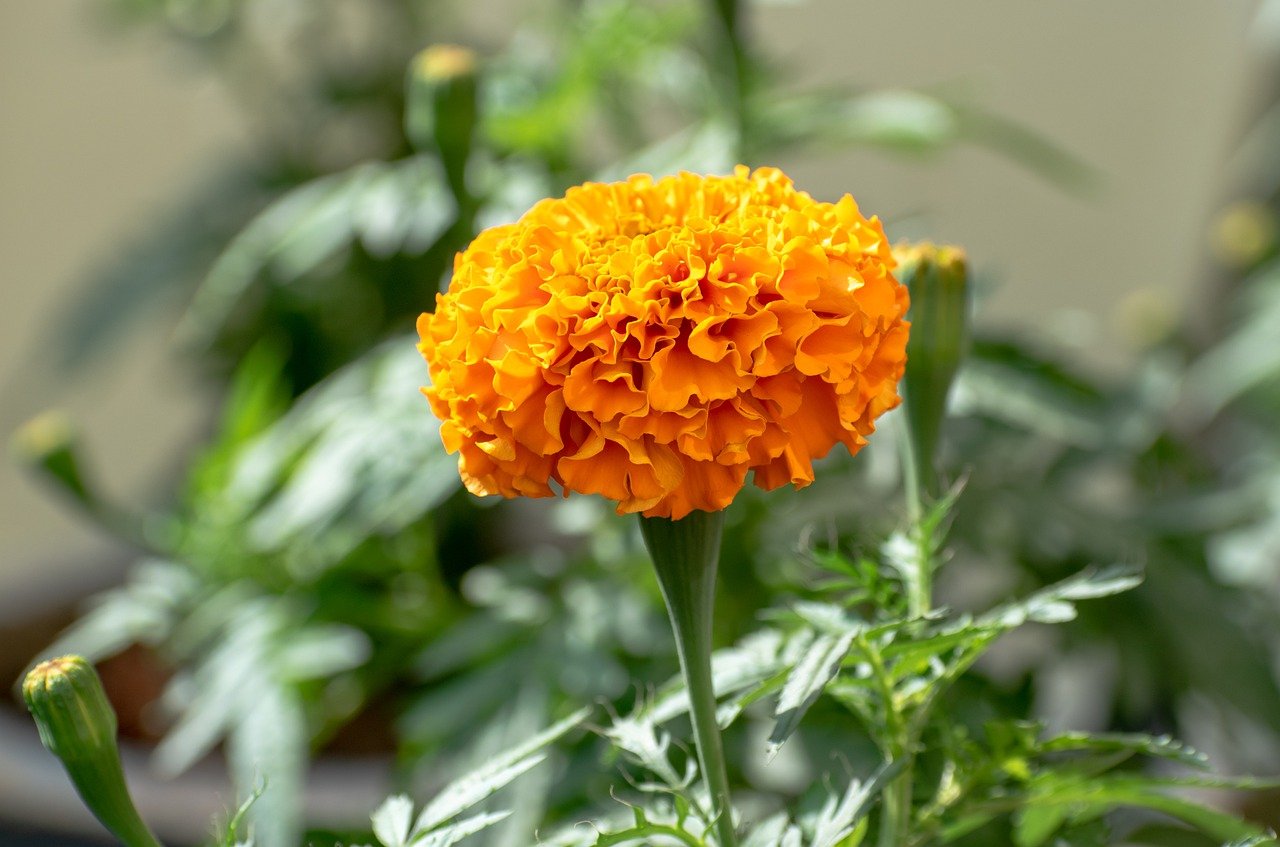Gerbera: Features and Care

The Gerbera is a popular flower known for its vibrant colors and simple beauty, commonly used in floral arrangements and bouquets. Its cheerful and bright appearance makes it appealing, and it’s also a favorite gardening plant for beginners.
This article covers the basic information on Gerberas, their cultural background, and tips on how to grow them successfully.
Basic Information
- Scientific name: Gerbera jamesonii
- Family: Asteraceae (Daisy family)
- Origin: South Africa
- Appearance: Gerberas have large, flat flowers in various colors, including red, pink, orange, white, and yellow. Most varieties have flowers about 10 cm in diameter, with thick, dark green leaves. They grow to about 30–50 cm in height, making them suitable for both garden beds and pots.
- Blooming season: Gerberas bloom from spring to fall (April–October), producing repeated flowers, especially in warmer climates.
Cultural Significance Around the World

Gerberas carry meanings of “hope” and “pure love” because of their bright colors and are cherished worldwide. In Europe, they are often given as birthday or birth flowers and are seen as symbols of “joy” and “hope,” making them popular for gifts.
In addition, Gerberas have a long vase life, making them a favorite for home decor and party decorations. Their vibrant colors are widely embraced in homes across America and Europe, where they’ve become a staple in floral arrangements.
Historical Episodes
Gerberas were discovered in South Africa and introduced to Europe in the 19th century by British botanist Robert Jameson. The official name Gerbera jamesonii honors Jameson as its discoverer.
During the Victorian era in England, Gerberas greatly influenced the “language of flowers” culture. They became symbols of “hope” and “positivity,” used widely in gardens and social spaces to express joy and celebration. Their vivid colors were even incorporated into Victorian fashion and decor, and they continue to be cherished as flowers to mark special occasions.
Gardening Advice

Gerberas thrive in sunny, well-ventilated environments. Ample sunlight will keep the flowers healthy and blooming. Watering should be done when the topsoil dries out, ensuring it’s given thoroughly, but avoid overwatering, as this can cause root rot. If grown in pots, choose containers with good drainage.
To support healthy growth, fertilize once or twice a month during the growing season. Adequate nutrition encourages blooming and vibrant colors. Once a flower has bloomed, cut the flower stem back to the base to help the plant produce more blooms. Gerberas are sensitive to cold, so in areas where temperatures drop below 10°C, it’s best to bring them indoors for winter.
Conclusion

Gerberas are loved for their long-lasting blooms and bright colors, making them easy-to-grow flowers that are perfect for gardens and indoor pots. Gerberas add a pop of color to any space and lift the spirits of those who enjoy them.
Consider adding Gerberas to your gardening collection to experience the joy and energy they bring.




